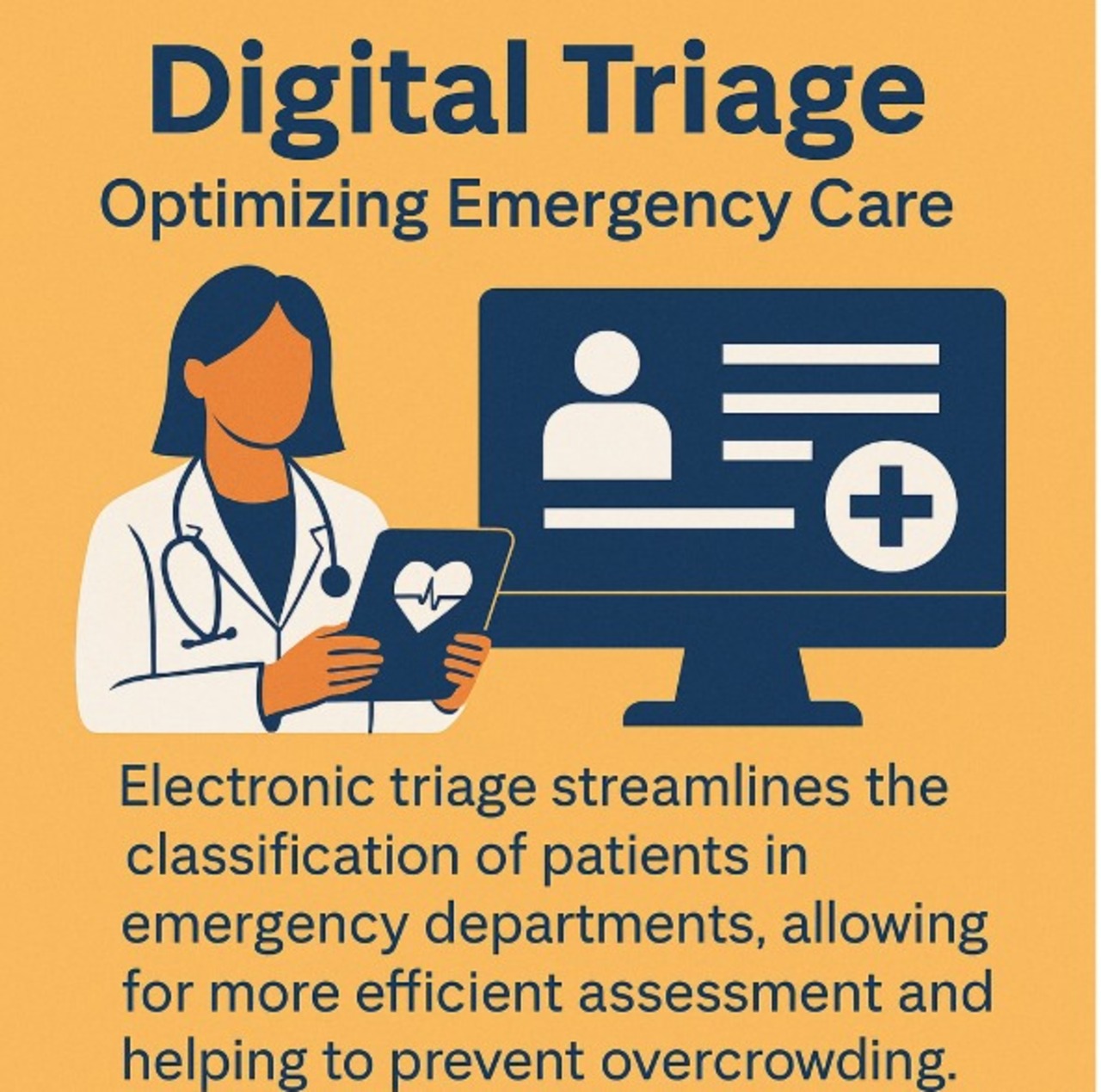
AI Classifies Patients for Care—and Even Sends Tests Ahead
How electronic patient triage is transforming emergency services, sending test results in advance for doctors to review.
Emergency rooms are, by nature, high-pressure environments. The speed at which cases are identified and prioritized can mean the difference between life and death. In this context, digital triage is emerging as an innovative tool that is transforming the way care is managed in emergency services.
Traditionally, triage is a clinical procedure that classifies patients based on the severity of their symptoms. However, when performed manually, the process can be limited by staff availability, subjective assessments, and high patient volume. In response to these challenges, electronic triage has emerged as an efficient and safe alternative.
“With digital triage implemented within healthcare institutions, we can conduct a preliminary analysis of the patient's condition, allowing us to direct them more efficiently and prevent emergency room overcrowding,” explain healthcare professionals already using this system in hospitals across Latin America and Europe.
These digital systems, powered by artificial intelligence and clinical algorithms, can collect data as soon as a patient arrives—or even beforehand through mobile apps or digital kiosks. Based on the information entered—symptoms, vital signs, and medical history—the system assigns a priority level and recommends the appropriate area or specialist for further care.
Various studies published in journals such as BMJ Health & Care Informatics have shown that digital triage improves the accuracy of initial diagnoses, reduces wait times, and promotes more efficient use of hospital resources. It also allows for full traceability of each case, optimizing both clinical and administrative reporting.
Despite its benefits, experts agree that digital triage does not replace clinical judgment, but rather complements it. The combination of technology and medical expertise enables faster, more informed decision-making.
In a world where emergencies allow no room for delay, investing in digital tools like electronic triage represents a solid step toward more agile, organized, and patient-centered care.











LEAVE A COMMENT: